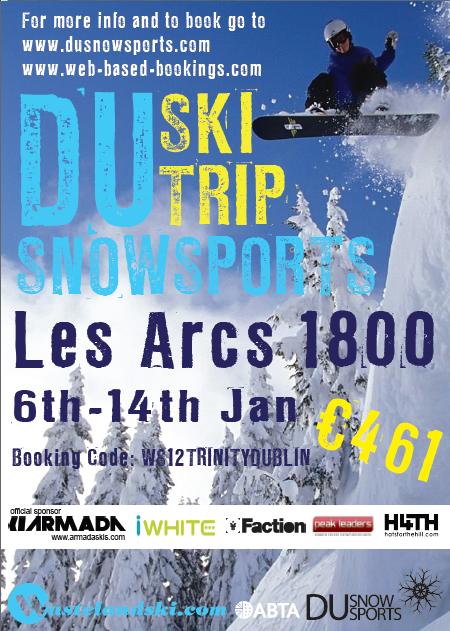
Our local Iranian female leaders are representative of a large percentage of Iranian women. Why we launched our Iran Women’s Expeditions, from Jenny Gray, the brains behind them: One trip that we’re most excited about is our 12-day Women’s Expeditions (did we mention they’re featured in the New York Times’ 52 Places to Go in 2019 list?), which we launched in 2018 to give female travellers a firsthand insight into the daily lives of local women. Iran is still a relatively undiscovered destination, making now the perfect time to visit (particularly for US travellers, who can only visit as part of an organised tour). It’s also one of the most sensory, with its mosaic-covered mosques, calls to prayer echoing across the country, and fragrant scents emanating from spice markets and roadside falafel stands. Is Iran the most welcoming country on earth? All signs point to yes. To celebrate, here are our top 10 picks from their list – and exactly how YOU can travel to each of them. But also because this year’s recently-released list features Intrepid’s very own Women’s Expeditions in Iran. Mostly because it features a whopping 52 (!) places to visit.

Their annual list puts all other lists to shame.

Generally, goggles and helmets of the same brand will be compatible - but you don’t have to stick to a single brand, and either way, Plaskitt recommends trying on goggles while wearing the helmet you’ll be using them with.There are bucket lists and then there’s the New York Times bucket list.
#A ski trip nytimes. skin#
To keep all your skin protected from the elements, the curve of your goggles should perfectly match the edge of your helmet, so that there’s not a gap between the two. Goggles need to fit not only your face, but also with your helmet. The only way to know whether a goggle’s foam will fit seamlessly against your face is to try it on, but if you have a sense of the measurement between your temples (approximately the same as glasses width) you can narrow down options online based on the goggle’s dimensions. The foam around the lenses should be flush to your face without any openings for snow or water to get in, while still wrapping around the sides of your face as much as possible for a better peripheral view. This means more options if you pick based on style and features as well as fit. A lot of brands offer many of their styles in a range of sizes, from larger and smaller frames for different-size faces to low-nose bridge fits (also called “Asian fit” by some brands). Ultimately, the most important thing when buying goggles is fit, which will vary from person to person.

Spherical goggle lenses pair better with eyeglasses, since they have less glare. And some goggle styles are specifically designed to accommodate glasses with little notches in the foam to hold the corners of glasses in place.

Prescription goggles are available, too, if you’re not a contacts person. Personally, I wear contact lenses when I ski, since they have better depth perception than glasses, and don’t require moving my head as much for peripheral vision. If you need vision-correcting aids along with your goggles, there are a few options. The third is to keep snow - and rain, if you ski in the Pacific Northwest like me - out of your eyes. The second is to shield your eyes from wind in your face, an inevitable and uncomfortable side effect of ripping down a groomer at 40 mph (or even 15). The first is helping you see, both by filtering out glare and protecting against UV light and, in higher-quality lenses, enhancing color contrasts to help you see depth when the light is “flat” (a shadowless effect from sunlight dispersed by clouds). All the experts I spoke with agreed that you could get a well-made pair with quality lenses for between $100 and $150. “Maybe if you get great weather you won’t notice a difference using $20 goggles, but if it’s foggy or snowy or raining, you’ll probably be so frustrated after the first day you’ll spend $300 at the resort gear shop.” That doesn’t mean you need to drop hundreds of dollars for a solid pair of goggles, though. “Even just for a week’s trip, investing in a good pair of goggles is well worth it,” says Sarah Plaskitt, founder of the Australia-based ski travel company Scout Ski.


 0 kommentar(er)
0 kommentar(er)
